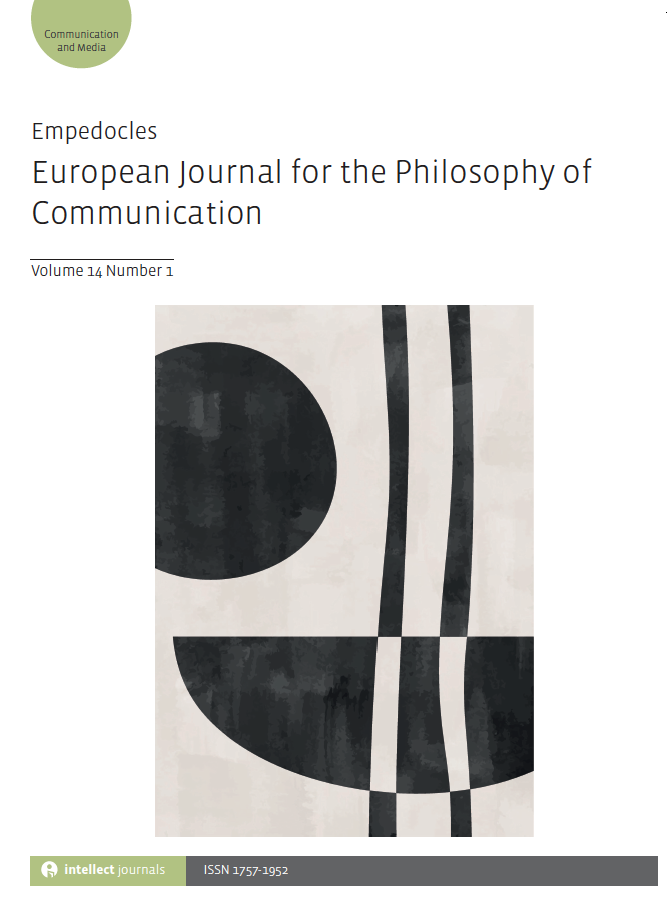
Full text loading...

This article aims to contribute to healthcare communication literature by providing factors that result in mistrust and miscommunication for Deaf people. Deaf people experience a lot of health inequity, which can be, in large part, attributed to being a result of communication and misunderstanding between Deaf people and healthcare staff, resulting in mistrust. Presenting outcomes of practical experiments as well as theoretical reasons for the misunderstanding and mistrust allows to make suggestions about how to improve communication for the future. This review can serve as guidance for factors that contribute to miscommunication that should be avoided by healthcare staff and for lessons learned from positive experiences that should be scaled up and applied to ensure more clear and supportive communication.

Article metrics loading...

Full text loading...
References


Publication Date:
https://doi.org/10.1386/ejpc_00051_1 Published content will be available immediately after check-out or when it is released in case of a pre-order. Please make sure to be logged in to see all available purchase options.